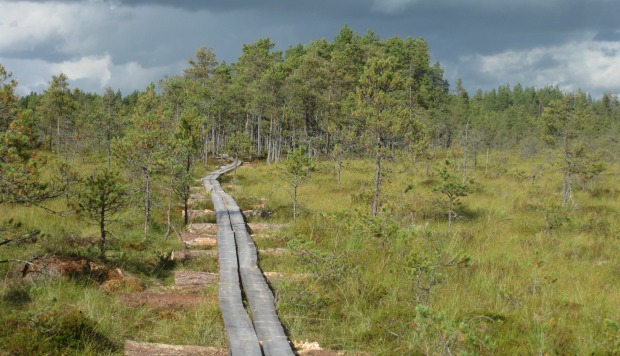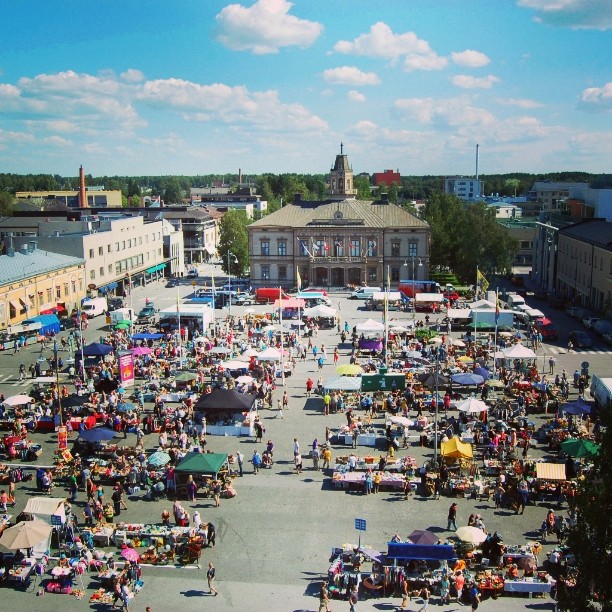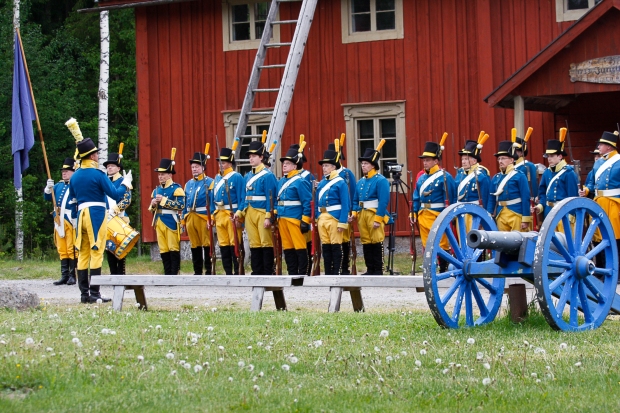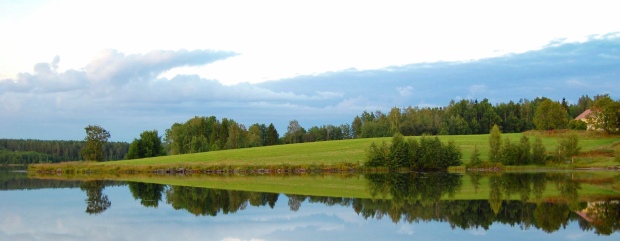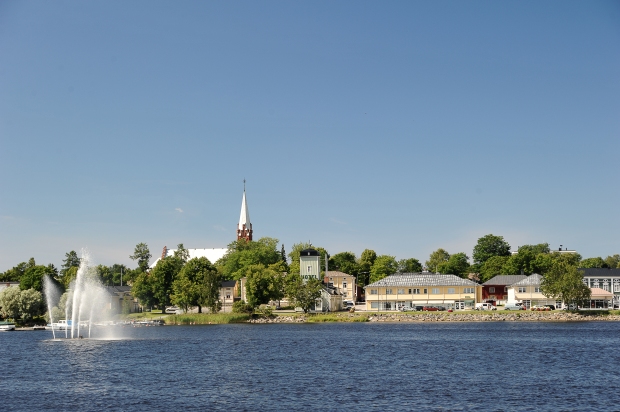RIVERS, lakes and the Kvarken archipelago – Pedersöre, or Pedersören kunta in Finnish, has a diverse nature to offer, not to mention excellent places to spend a day unwinding by fishing. It is a bilingual municipality in the Ostrobothnia region, with a majority of Swedish speakers. Historically it is one of the oldest parishes in the Ostrobothnia region.
History
There is no record of exactly how old Pederöre is, but it is one of three original parishes in the Gulf of Bothnia. It was first mentioned in writing in 1348, when King Magnus Eriksson issued a statute concerning trade in the parishes of Korsholm, Närpes, and Pedersöre. (more…)
